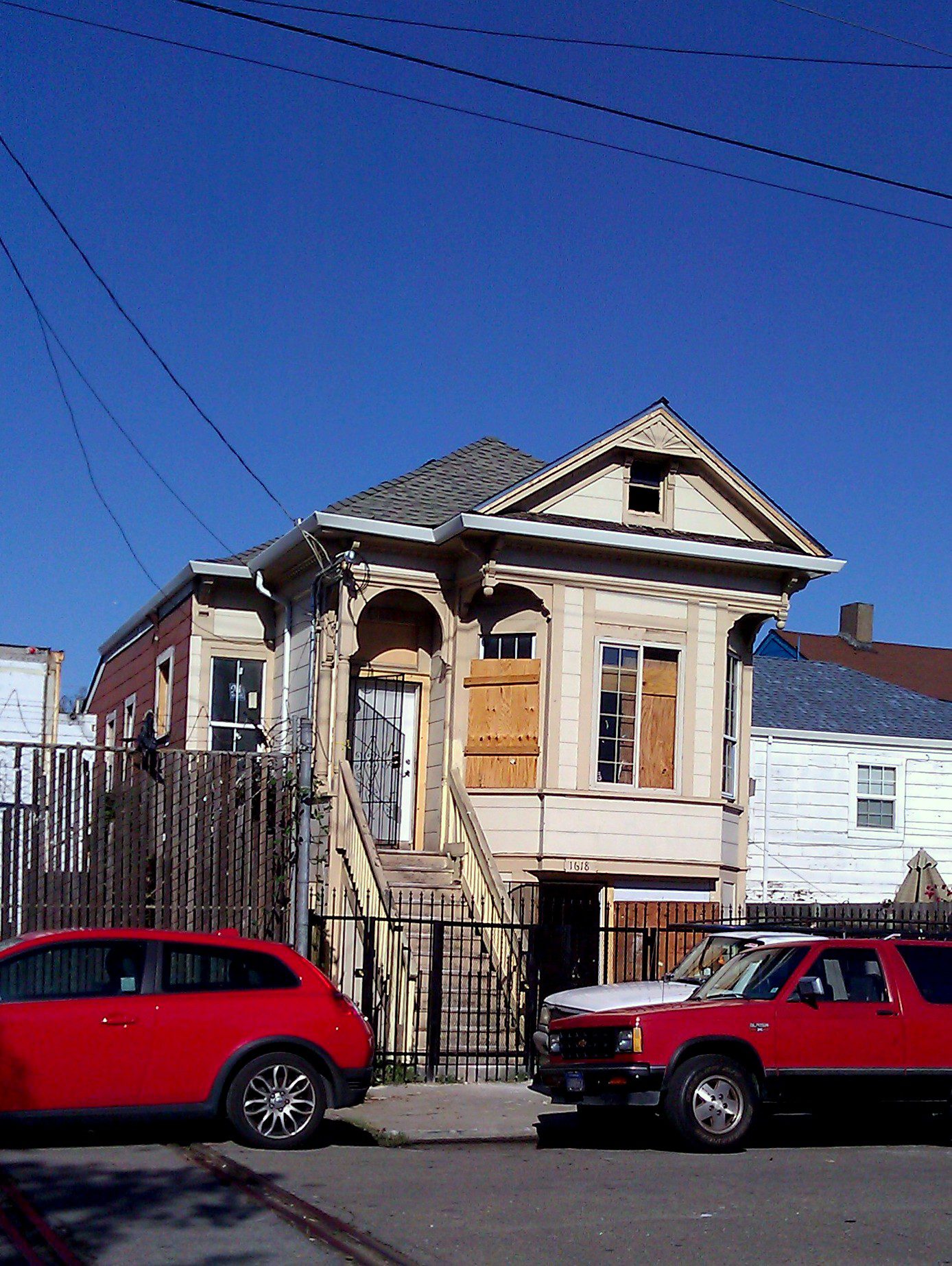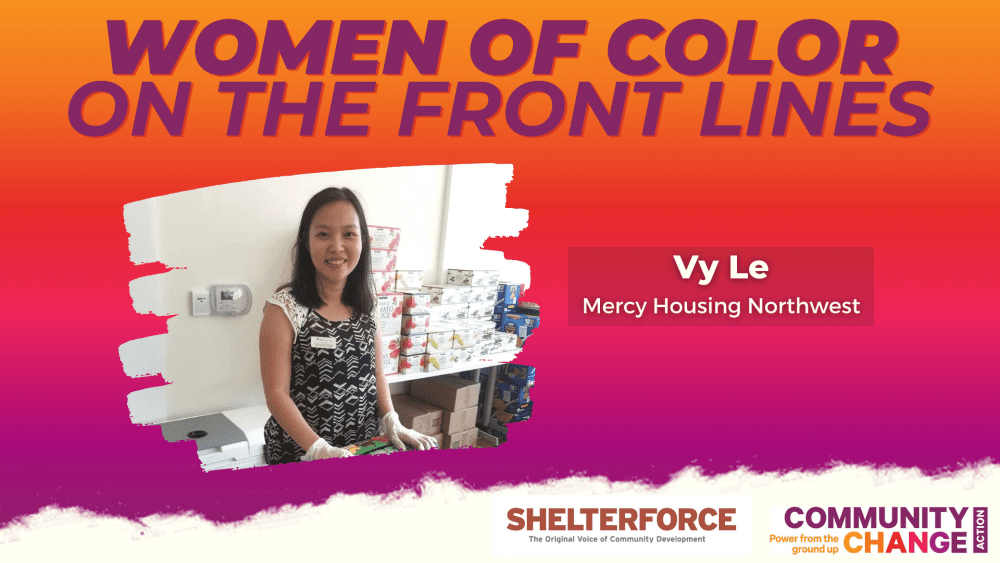Amidst the recent plans of the Federal Housing Finance Agency and Bank of America to offload substantial portfolios of foreclosed properties to well-capitalized investors, Oakland, California is in many respects already a testing ground for this unproven approach, albeit in an uncoordinated and piecemeal manner. With record high rental rates and a swelling of activity from investors under the guise of market stabilization in Oakland, might we be witnessing the very early stages of a new housing bubble?
A recent report released by my organization, Urban Strategies Council, an Oakland-based nonprofit, revealed that 42 percent of the 10,508 foreclosed properties in the city between 2007 and October 2011 were acquired by private investors, either at trustee sale auctions or directly from banks. 93 percent of these investor acquisitions are located in Oakland’s flatlands, the historically lower-income neighborhoods of color in the city—the same areas targeted by predatory lenders and subsequently ravaged by the foreclosure crisis. Further, only 10 out of the 30 most active investors in Oakland foreclosures are actually based in the city; five out of the top 30 are located out-of-state.
These findings raise serious questions about the short and long term impacts that such a rapid increase in investor activity will have throughout Oakland:
For instance, what are the implications of this investor activity being almost exclusively concentrated in the city’s most disenfranchised neighborhoods? What might this increased level of absentee corporate ownership mean for the residents of Oakland’s flatland neighborhoods? While many local governments have instituted programs to hold banks accountable for the condition of their REO portfolios, there is effectively no mechanism for oversight or regulation of the rapid entry of investors into the distressed property milieu.
For several years now, our collective national discussion during and after the foreclosure onslaught has revolved around the notion of neighborhood stabilization. Our partners on the ground in Oakland see neighborhood stabilization through the eyes and concerns of low-income residents, while the FHFA and many large investors talk about neighborhood stabilization as a market issue. These two viewpoints come from very different places and entail very different understandings of the problem. Further, they result in very different orientations towards a solution.
This disconnect clearly warrants some meaningful reconciliation between large scale investor-speculator activity and the real needs of low-income communities. Depending upon one’s perspective, what may look like a prime investment opportunity to a hedge fund manager or real estate firm can look suspiciously like a disinvestment strategy draining wealth from already struggling neighborhoods.
In the current aftermath of the grossly over-inflated housing bubble in the Bay Area, single-family homes in many Oakland neighborhoods are actually affordable to low-to-moderate income working families. Yet the tightening of mortgage underwriting standards and increased competition from investor-speculators has effectively shut out many otherwise qualified residents from the opportunity to become homeowners.
The Urban Strategies Council report suggests that the displaced home buying opportunities for families due to the bidding activity of cash investors might actually be promoting further volatility in the local market. Specifically, the study revealed that when an individual or family is able to purchase a previously foreclosed bank-owned property, they are six times more likely than investors to retain ownership of their home.
In short, the post-foreclosure transaction churn in Oakland grinds to a halt when owner-occupant purchasers are able to successfully engage in the home buying process. This finding is indicative of the calming effect that affordable homeownership can have in neighborhoods struggling to emerge from the foreclosure crisis. Further, this suggests that families and owner-occupants should be prioritized over corporate interests in the disposition of distressed property portfolios. This might not be the easy short term fix that financial institutions and investors are looking for, but it is very likely the best long term solution for real people living in real neighborhoods.
With the release of this new analysis of post-foreclosure outcomes in Oakland, there is an uncanny sense of history repeating itself in the city’s low-income communities of color. Decades of disinvestment and uneven development in East and West Oakland established a perfect storm of opportunity, misfortune, and ultimately, exploitation. The excessive risk, rampant speculation, and lack of adequate regulation that fueled the bubble leading up to the housing crisis is—in many ways—upon us once again. The difficult dialogue we need to have as a community should be centered on whether the same tactics will lead us out of the current crisis in a way that benefits all residents and not just the cash investors.
Find a summary and link to the full report “Who Owns Your Neighborhood? The Role of Investors in Post-Foreclosure Oakland” here.






Comments